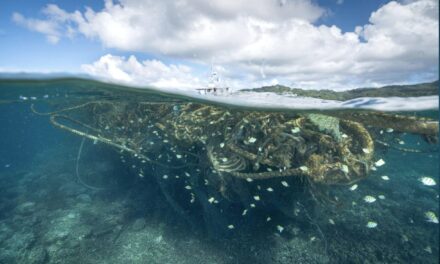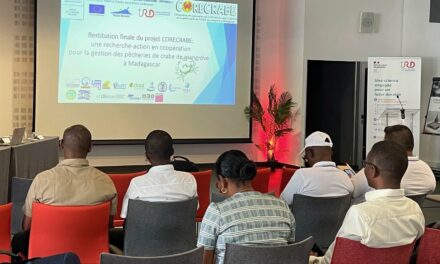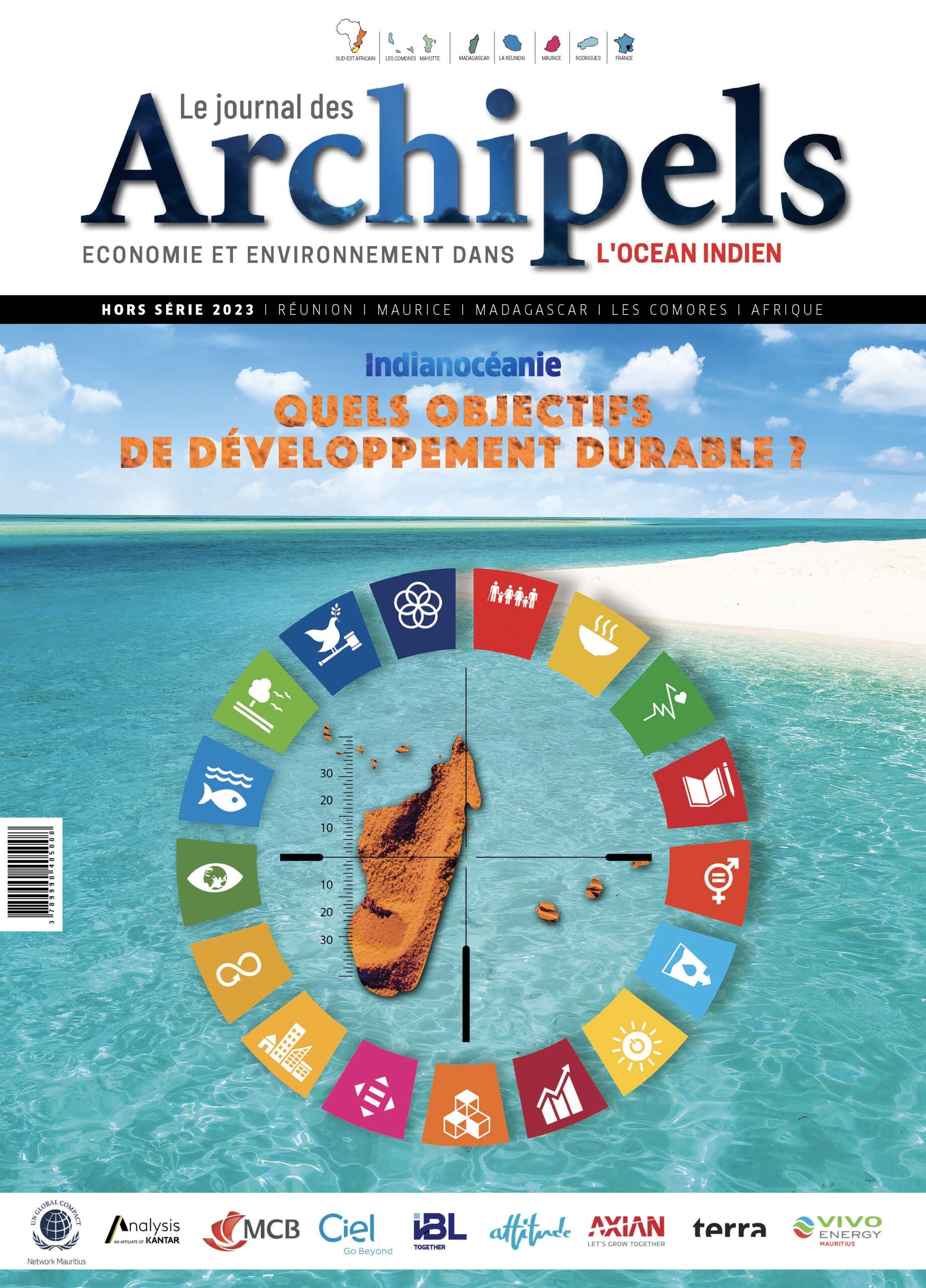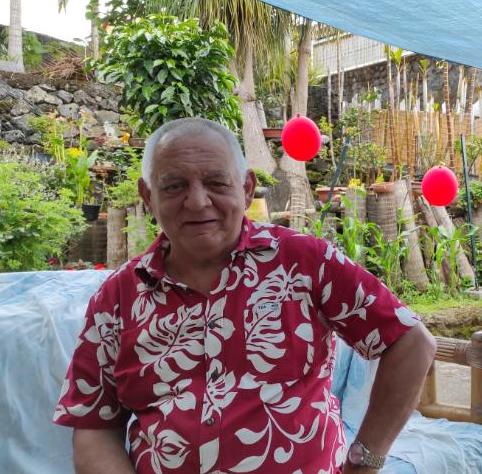Photo CNOI
This classification stems from a commitment made by President Macron during his visit to the archipelago in October 2019. This decision is in line with France’s commitments to protect the terrestrial and marine biodiversity of this fragile area, which is home to more than 3,000 animal and plant species.
“The terrestrial parts and waters of the Glorieuses archipelago are classified as a national nature reserve under the name of ” National Nature Reserve of the Glorieuses Archipelago “. The terrestrial perimeter includes all the land of the Glorieuses archipelago, known as the island of Grande Glorieuse, Île du Lys, the roches Vertes and the rocher du Sud. The marine perimeter corresponds to all the waters under the sovereignty or jurisdiction of France around the Glorieuses archipelago. “This is the wording of Article 1 of Decree No. 2021-734 of 8 June 2021 creating the national nature reserve of the Glorieuses archipelago (French Southern and Antarctic Lands). These islands, which have barely 7km2 of land, have a lagoon of nearly 30 km2 and above all an EEZ (exclusive economic zone) of 4,850 km2. Since 2007, the Eparses Islands in the Indian Ocean have been one of the five districts of the French Southern and Antarctic Lands.
Regional cooperation for biodiversity
A decree that specifies in Article 2 that: “The present provisions are implemented without prejudice to regional cooperation in favour of biodiversity in the nature reserve, determined in particular within the framework of bilateral cooperation and the joint Franco-Malagasy commission on the Mozambique Channel’s Scattered Islands. “This clarification should put a definitive end to Malagasy claims to these French islands since 1892*. Thus, like 169 other French reserves, this marine biodiversity “hot spot” will be definitively preserved. The creation of this national nature reserve is a flagship achievement of the national strategy for protected areas for the next decade (2020-2030), announced by the President of the Republic on 11 January 2021 at the One Planet Summit in Paris, with the objective of classifying 30% of the French maritime and terrestrial space as protected areas, of which one third should be under strong protection. Orson Razaka *Previously recognised by the French navigator Luc du Guilly in 1751, the archipelago was officially attached to France in 1892, before being administered by Mayotte in 1895.
































